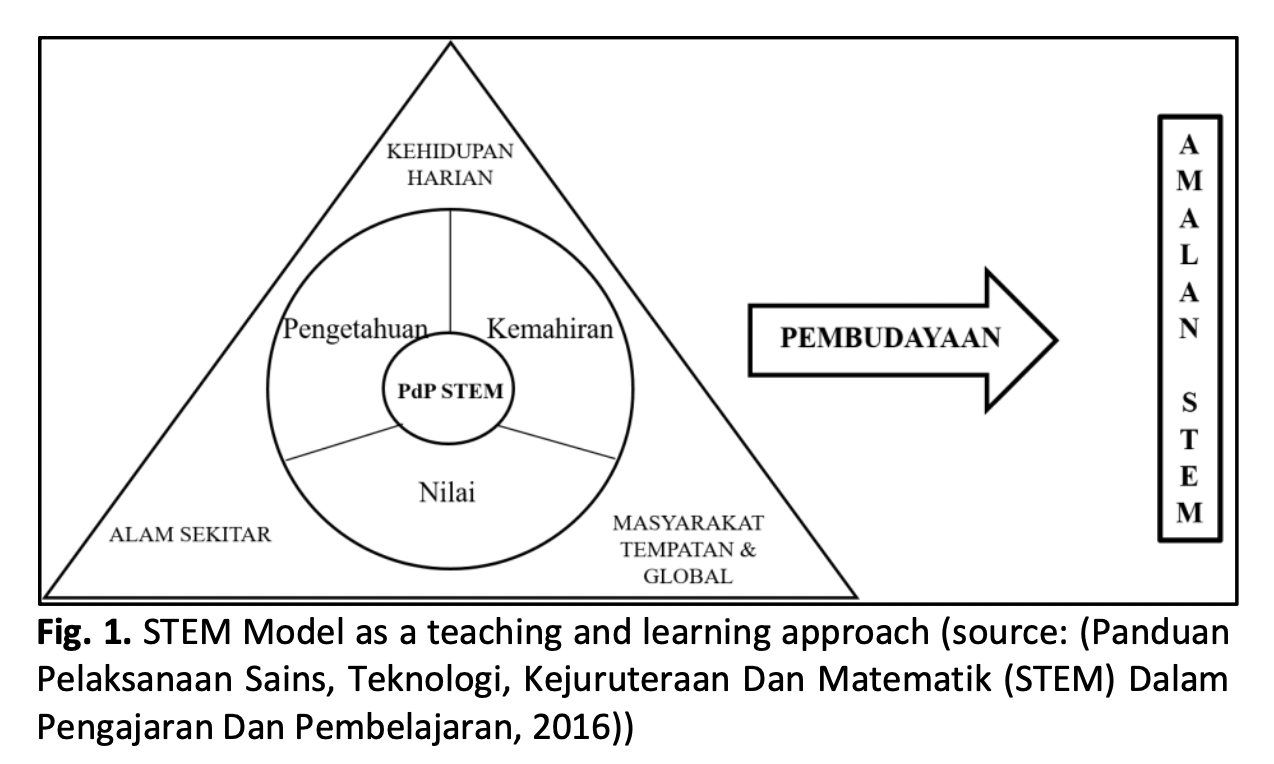The Integration of Science Technology Engineering and Mathematics (Stem) in Home Science: Teachers' Understanding and Challenges
DOI:
https://doi.org/10.37934/araset.31.2.4250Keywords:
STEM teaching, Home Science Education, Sains Rumah TanggaAbstract
The integration of Science Technology Engineering and Mathematics (STEM) education was introduced in Home Science subjects in the year 2017. It aims to enable Home Science students to be competitive in facing the challenges of the 21st century. However, the integration of STEM was not fully implemented due to time constraint, lack of STEM knowledge, as well as heavy workload among the teachers. This study was conducted to explore the integration of STEM among Home Science teachers. Three research questions were derived. Firstly, by exploring Home Science teachers' understanding of STEM and the challenges faced by them in integrating STEM. This qualitative case study involved three Home Science Teachers in Larut Matang and Selama District, Perak. The research informants were selected by using purposive sampling technique. Data were collected using semi-structured interviews. The findings indicated that Home Science teachers understand the concept of STEM integration. They successfully integrate elements of Science and Mathematics, but lack the knowledge to integrate the elements of technology and engineering in Home Science. Only certain topics were chosen to inculcate the STEM elements. Findings also showed that the teachers are not confident in planning STEM projects because there is no guidance and course given to them. Three main challenges faced by the teachers are time constraint, no allocation or budget, and limited creativity to implement STEM projects. The involvement of Home Science teachers in STEM-related activities organised by the District Education Office, State Education Department, or with STEM organisations need to be increased to make sure they get enough exposure to STEM integration in the classroom. Comprehensive training should also be given to Home Science teachers through a continuous Professional Learning Community (PLC) to improve their level of competence in teaching STEM.
Downloads





























